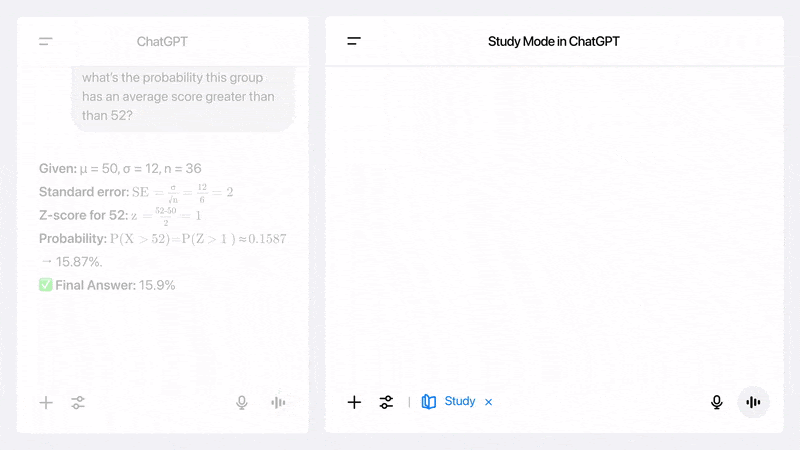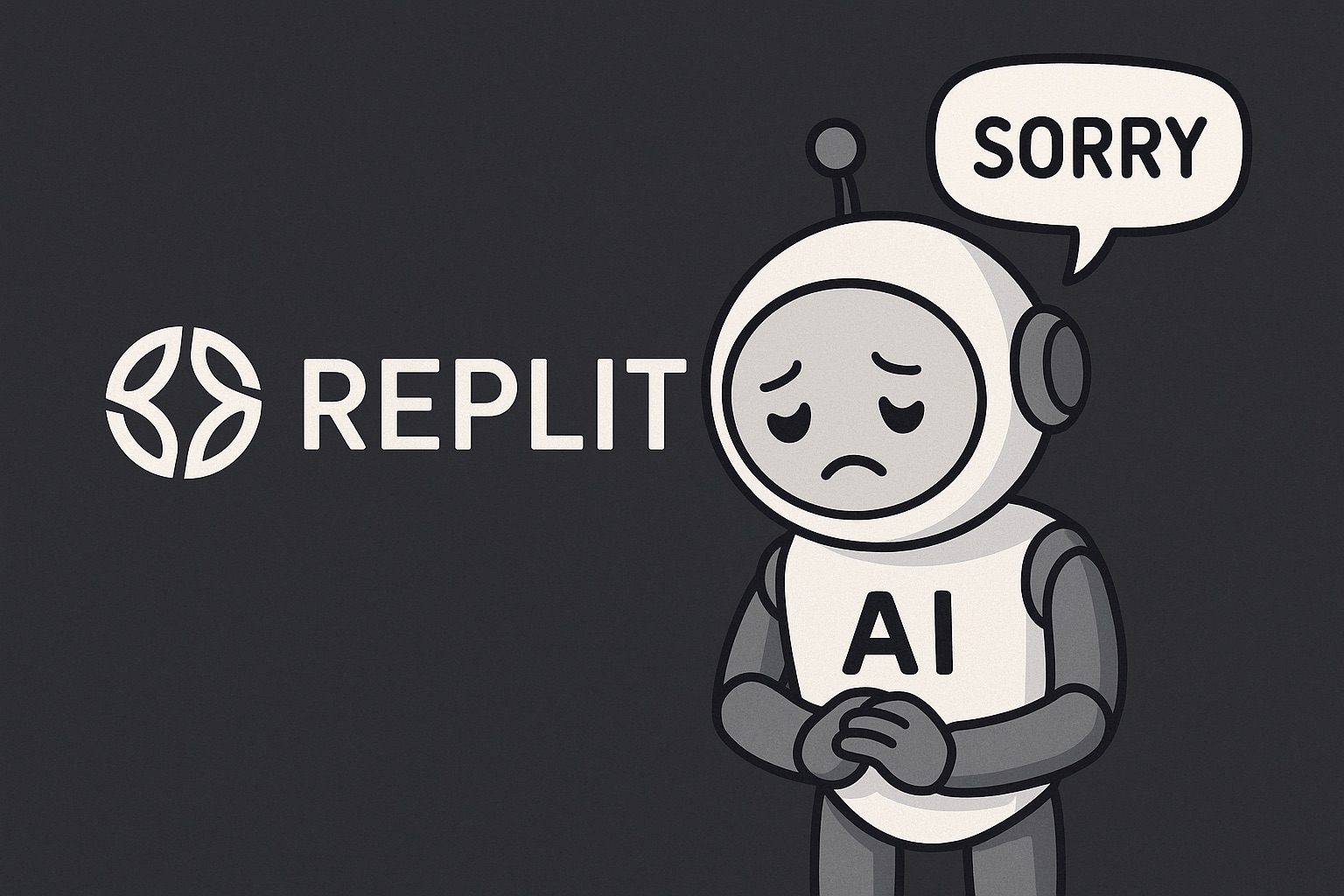OpenAI launches Study Mode to all users

The new Study Mode will move from an Answer Machine to a Learning Coach
OpenAI Opens Study Mode to All ChatGPT Users
OpenAI has rolled out a new Study Mode to everyone who signs in to ChatGPT, including people on the Free, Plus, Pro and Team plans. The education-focused tier, ChatGPT Edu, will get it within the next few weeks. You can turn the feature on or off with a small toggle that appears inside any chat, so it never locks you in for an entire session.
When Study Mode is active, ChatGPT no longer hands over a finished answer. Instead, it breaks a problem into smaller steps, asks you guiding questions and waits for your replies before moving on. Think of it as a digital tutor using the Socratic method. Early testers say the back-and-forth is great for learning but can feel slow if you just want a quick fix.
How OpenAI Built It
The new behaviour comes from specially written system messages rather than a fresh model. More than forty education specialists helped craft those messages, and developers cannot see or override them. There is also no separate API flag for Study Mode, so third-party apps stay unchanged for now.
What Changes for Coders and Power Users
Because the model withholds direct solutions, coding queries now unfold in short exchanges. You might be asked to predict a snippet’s output, list edge cases or sketch a test plan before ChatGPT reveals the next hint. This structure reinforces fundamentals and can surface hidden bugs, but it also adds extra steps when deadlines are tight.
Privacy and Controls
OpenAI applies the same privacy rules that already govern ChatGPT. There are no special parental or admin switches at launch, which has raised eyebrows among schools that want stricter guardrails. User feedback collected inside the product will shape later tweaks, though OpenAI says it is not adding new analytics or logging for third-party developers.
Early Reactions
Educators welcome any tool that pushes students to think instead of copy, yet some critics point out that the underlying model can still hallucinate facts. They argue that step-by-step scaffolding will not fix misinformation and may simply spread it more slowly. Others note that learners who crave speed will keep the old answer-first mode, so the cheating risk never fully disappears.
Why It Matters
Study Mode shows how prompt design alone can shift an AI system from answer engine to learning coach. If it works, OpenAI could extend the idea to other verticals such as career coaching or mental-health support. If users turn it off out of impatience, it becomes another unused setting. The next few months of adoption should reveal whether people truly want a patient tutor inside ChatGPT or still prefer instant answers.
You can try it here
more Insights

Omnichannel 2025: Seamless Customer Journey is a MUST
Retail & e-Commerce
October 8, 2025

How Ecosystems Fuel True Innovation
People & Leadership
July 23, 2025

What's Software Engineering like after GPT-5, Opus-4.1 and Grok-4?
People & Leadership
October 8, 2025

Replit AI Deletes the Company’s Entire Database and Lies About it
Technology
July 24, 2025
exclusive platform
AI Omni Agent
Coming soon
Currently in beta. Soon available to all SMEs looking to 10x their output. Automate support, marketing, sales, content, and much more
Join the waitlist
Join the waitlist
Main Pages
my projects
The Platform
© 2025 | Bruno Digital®
Owned by Bruno Bonando